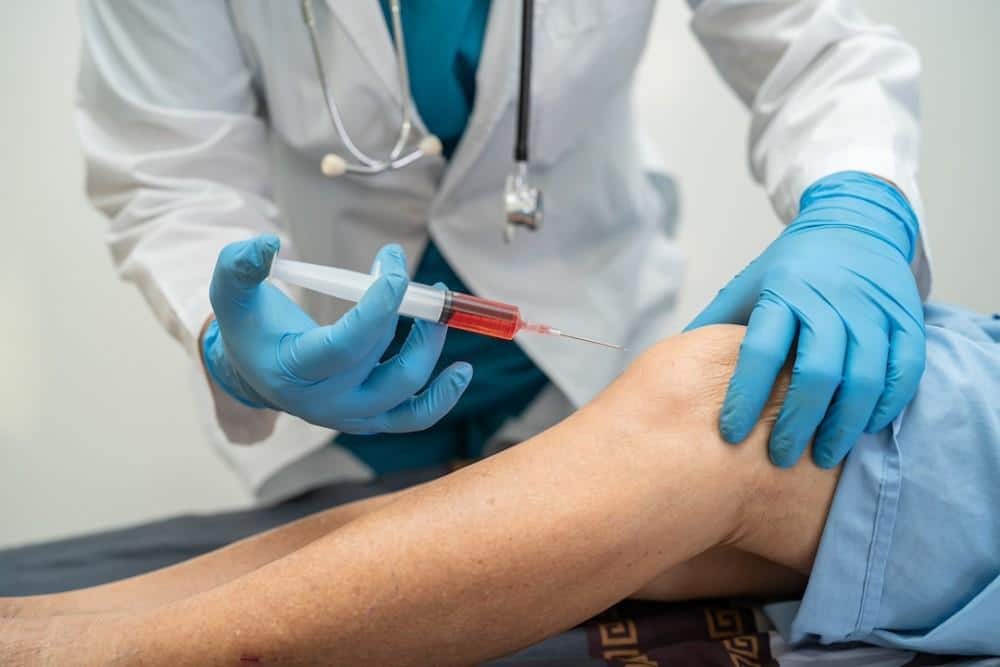PRP injections are gaining recognition for managing acute injuries. These therapies harness the body’s natural healing abilities. By using a patient’s prepared plasma, PRP therapy targets precise injury sites. This approach minimizes invasiveness while promoting faster recovery times.
How PRP Injections Work in Tissue Repair
PRP injections use the body’s natural healing power by concentrating and delivering platelets directly to the injured area. A small blood sample is drawn, and the platelets are separated from other components in a centrifuge. These platelets contain growth factors that support tissue repair and regeneration. By isolating them, clinicians can create a targeted treatment to accelerate recovery.
Once prepared, the PRP injections are administered directly into the damaged tissue to reduce inflammation and stimulate healing. This process encourages faster cell repair and can improve long-term function. The injections are commonly used for joint, tendon, and soft tissue injuries. The approach offers a non-surgical option with minimal side effects and a shorter recovery time.
Benefits of PRP for Acute Injuries
PRP injections provide multiple benefits for injury treatment by using the patient’s own blood to promote healing. This greatly lowers the chance of allergic reactions or complications from foreign substances. The concentrated platelets help repair damaged tissue more effectively. As a result, many patients experience quicker recovery with fewer setbacks.
By enhancing the body’s natural repair process, PRP therapy supports faster healing in muscles, tendons, and joints. PRP injections are especially useful for chronic pain or soft tissue injuries. Patients often notice reduced inflammation and better joint or muscle function. This treatment can be a reliable alternative to more invasive procedures.
Applications of PRP Therapy in Different Injuries
PRP treatments support recovery from a wide range of injuries by promoting the body’s natural healing response. Athletes with tendon or ligament injuries often benefit from quicker healing and reduced downtime. These injections deliver concentrated platelets directly to the damaged site to stimulate tissue repair. This targeted approach helps improve outcomes without relying on invasive procedures.
Individuals with joint injuries, such as knee or shoulder pain, often experience relief through PRP’s regenerative effects. The treatment encourages faster repair of cartilage, ligaments, and surrounding tissues. Because PRP is derived from the patient’s own blood, the risk of complications remains low. Its versatility makes it suitable for treating both acute and chronic musculoskeletal injuries.
Discover the Healing Power of PRP Injections Today
PRP therapy continues to advance as new research improves how treatments are developed and applied to injured areas. Scientists are refining preparation methods to concentrate platelets more effectively for targeted healing responses.These improvements help deliver consistent, high-quality results with each PRP injection. Ongoing studies aim to personalize treatments based on specific injury types and individual patient needs.
Emerging techniques in PRP delivery focus on maximizing platelet activity and reducing healing time for various conditions. Innovations include guided injections and enhanced separation technologies that improve treatment precision. These advancements may lead to faster recovery and better long-term outcomes for patients. As the field grows, PRP therapy becomes a more reliable option for musculoskeletal injury care.







